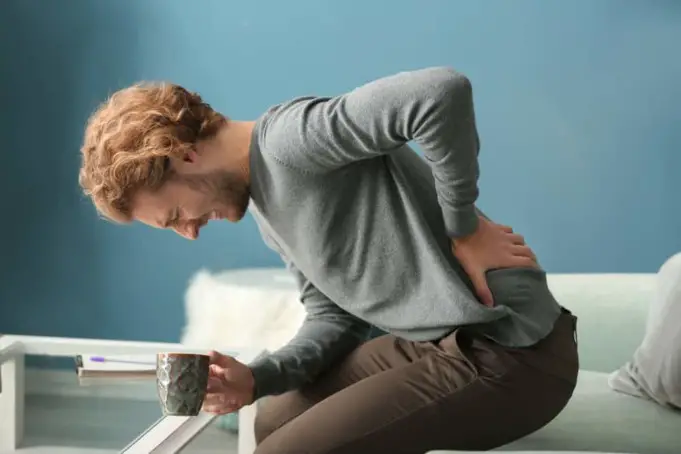Back pain has been rated consistently as the number one cause of disability worldwide for many years. Estimates show that up to 80% of the population will experience back pains at a point in life.
The back is one of the most complicated structures in the human body made up of muscles, ligaments, joints, and bones.
What can go wrong with the lower back
Back pains occur when there is a strain or sprain on either ligaments, muscles, or bones. Understanding the cause of pain helps in determining the best treatment approach. Back pains as a result of a muscle strain are common.
It the lower back that supports the entire weight of the upper body. The lower back as well provides mobility for everyday motions such as twisting and bending. The muscles in this area rotate and flex the hips as you walk. These muscles also support the spinal column.
The brain may fail to recognize or identify the source of pain as there is an overlap of nerve supply to ligaments, muscles, discs, and joints. A pulled muscle can feel the same as a torn lumbar as painful muscle spasms and inflammation characterize both.
Signs that indicate that your back pains are muscular
Pain that becomes worse with activity
Muscles help your body to flex and move various organs. When the lower back muscles are hurt, any activity that involves these muscles’ movement will make the pain more intense.
For instance, if you find that the pain worsens when you bend, that is a clear indication that your back muscles are hurt. The extent of the pain will vary depending on the nature of the activity that you engage in.
The magnitude of the pain will also depend on the extent of the injury to the said muscles.
Muscle spasms or cramping
Muscle cramps or spasms are sudden uncontrollable muscle contractions. They can last a few seconds or minutes.
An injury to the muscles or a tendon is known as a strain. Tendons are fibrous bands that connect muscles to the bones. A back sprain either twists, tears or pulls the tendons or muscles that support the spine.
A strain can occur out of a single instance of overstressing the back muscles or improper lifting. Prolonged repetitive movement of muscles usually leads to chronic or long term strain, which causes long-term pain that can go beyond three months.
Decreased range of motion
A muscle strain can come with varying symptoms such as difficulty in walking, standing straight, bending sideways, or forward. Acute back pain occurs when the pain and decreased range of motion occur for one month or less.
There might also be restricted segmental mobility or a lumbar range of motion. The pain can also be in specific parts such as the buttocks, thighs, or the groin. Chronic lower back pain with decreased motion occurs when it is felt for more than 6 months.
One can also suffer from recurrent back pains that come in multiple episodes in one year.
Treatment for muscular back pain
Treatment at home
Some back pains can go away on their own without even visiting the hospital. Over-the-counter medications and an ice pack can be all that you need to deal with inflammation on your back muscles.
You can then use a heating pad after the inflammation cools down as it helps soothe affected muscles. It is also important that you pay attention to your posture when dealing with muscular back pains.
Physical therapy
Experts in the New York Pain Care explain that one-on-one physical therapy will help you recover from injuries pretty fast. The approach will depend on the extent of the injury, your physical fitness, and the affected muscles.
The physical therapy can also involve massage on the affected areas. Neuromuscular massage releases endorphins, which lower the pain signals sent to the nervous system.
Activity modification
Understanding the root cause of your pain will help you come up with a preventive approach. For instance, if the muscle strains due to heavy lifting, you can avoid it until you recover fully.
You may need to rest a day or two, depending on the extent of muscle strain. However, you also need to work these muscles in moderation as you may end up with stiffness or decondition them when you underuse them.
Back pains come with loads of discomfort that make it hard to tackle daily activities. You should as well take care of your spine as it coordinates your entire system. Evaluating the cause of pain will help you know the best treatment approach.












